Perhaps the most memorable depictions of recent conflict are the videos showing small targets hit by bombs guided by lasers or the Global Positioning System (GPS). Initially a staple of press briefings during the 1991 Operation Desert Storm campaign, similar precision-guided munition (PGM) videos have become a mainstay of wartime reporting. The US military has increasingly used more of these weapons in modern conflicts. Such high-tech weaponry is a significant advancement in minimizing collateral damage while still targeting enemy assets. But this technology is not necessarily new: its advent occurred during World War I, with some development in the interwar years and maturation during World War II.
Most are familiar with the leveraging of wartime innovation in the decades following World War II. Computers, atomic energy, radar, jet engines, and aerodynamic advances are only some of the technical advancements developed either just before or during the war that matured in the postwar years. While many of these developments were key in the defeat of the Axis powers, the Germans were equally savvy—and in many cases more advanced—in several technical areas. Fortunately, Axis technologies failed to result in any strategic or operational success, but many of their legacies remain relevant today, including the axial-flow jet engine, swept wing aircraft, and ballistic missiles. Less well known but arguably just as important was the development and use of air-dropped PGMs.
One of the selling points of aviation in the interwar years was its potential for intercepting and attacking an enemy fleet. Billy Mitchell’s bombing of the captured German battleship SMS Ostfriesland in 1921 and the interception of the Italian liner SS Rex in 1938, along with the US Navy’s development of carrier aviation, were all harbingers of a new chapter in naval warfare. The Japanese sinking of HMS Repulse in 1941 and the battles of Coral Sea and Midway were proof positive of aviation’s ability to hit and sink naval surface combatants. However, while these events validated airpower’s ability to serve as an offensive naval application, it did not mean that hitting a vessel was easy. While locating an enemy fleet from the air was certainly a new capability, actually hitting a moving ship from an airborne platform was a greater challenge. Calculating a ship’s speed and its possible defensive maneuvering while compensating for the attacking aircraft’s speed, approach angle, and type of weapon created dynamic variables that made the task harder. Because the bomb or torpedo merely follows a trajectory once released from the delivery platform, dive and torpedo bombing required significant skill, ability, and aerial marksmanship. If the weapon could be guided after release, the effort might be more effective.
Radio-controlled aircraft were already on the horizon when World War II broke out. As early as World War I, drones and “flying bombs” were being developed, but such technology made little progress before 1939. Both the British and American militaries investigated such weapons during the interwar years but failed to find a practical or reliable application of the technology. Later in World War II, the Germans developed flying bombs in the form of the V-1 and V-2 missiles that terrorized southern England. Launched from bases on mainland Europe and flown across the English Channel, these weapons were impressive and sophisticated technological feats. With V-1s first launching in 1942, followed by V-2s in September 1944, these missile attacks were reminiscent of the infamous German Blitz of 1940. However impressive the technology was, most of these missiles failed enroute; when they did strike England, they could hardly be considered precision weapons. V missiles simply landed in a general area once their fuel ran out or where their primitive guidance systems took them.
While the V-1 and V-2 were impressive achievements, German technology surpassed that of the Allies by also producing radio-guided weapons that worked in a combat environment. As early as 1943, the German Luftwaffe employed two designs that scored hits on Allied shipping, opening a new chapter in modern warfare. The Henschel (Hs) 293 and the Ruhrstahl X-1 (Fritz X) were the first guided bombs employed in combat. These weapons debuted around the time of the Allied assault on Salerno in September 1943 and were a new concern for fleet defense. Launched from Luftwaffe bombers, each weapon flew to its intended target as a crewman in the mother ship utilized a joystick to guide the bomb. Used primarily in the Mediterranean, their mission profiles were similar, but each had its own unique characteristics and operating parameters.
Henschel (Hs) 293
The Hs 293 was a small, airplane-shaped weapon with a 10-foot wingspan armed with a 1,000-pound warhead. With a lightweight construction, the bomb had little penetrative ability and was designed to strike merchant vessels or unarmored warships. First flown in 1940, the 293 was launched from a mother ship at an altitude of between 3,000 and 5,000 feet. The small airframe included a rocket motor with 1,300 pounds of thrust projecting the weapon for 10 seconds. With a range of three to five miles, guidance was by line-of-sight, with a FuG-203 radio transmitter providing the radio link to the accompanying receiver. The bomb was launched on a flight path parallel to the intended target. Once released, it was then steered approximately 90 degrees toward the objective. A controller in the mother ship had full range of motion for the weapon, allowing him to move it up/down and left/right directing it to the enemy vessel. Affixed to the rear of the weapon were flares, or an electric lamp for night operations, so the controller in the mother ship could track the missile and visually direct it toward the target.
These bombs were employed by Luftwaffe bomber wings Kampfgeshwader 100 (KG 100) and 40 (KG 40) flying Dornier Do 217 as the mother ships. However, other units also operated them dropping them from Focke-Wulf Fw 200s, Heinkel He 177s and He 111s. On August 25, 1943, a Do 217 in KG 40 saw not only the first combat employment of the Hs 293, but also the first air-launched use of command line-of-sight (CLOS) guidance in history. Bombs successfully hit the sloops HMS Bideford and HMS Landguard in the Bay of Biscay, but the warheads failed to detonate, causing only minor damage. However, two days later another KG 40 bomber launched its 293, successfully sinking the corvette HMS Egret. Soon after, other 293s were used on Allied ships in the Mediterranean and damaged or sunk a score of vessels. Included in this tally was His Majesty’s Transport (HMT) Rohna hit off the coast of Algeria on 26 November 1943. With He-177s launching a wave of 42 Hs 293s, one 293 stuck and sunk the Rohna killing 1,015 of the embarked US soldiers. Ashore, these weapons were also used on inland targets, namely key bridges, to slow Allied ground advances. However, none of these land-based sorties were successful.
The Fritz X bomb
In addition to the Hs 293, the Germans also developed a radio-guided glide bomb targeting surface combatants. The Fritz X bomb used a similar radio link but was a more robust weapon capable of penetrating armored warships. Development of the 3,000-pound weapon began in 1939, with initial testing done at Peenemunde. The bomb included a 700-pound war head and was 11 feet long with cruciform-shaped wings spanning 55 inches. It also included a unique annular tail configuration that housed a conformal antenna. Unpowered, the bomb dropped free-fall from approximately 20,000 feet and achieved a transonic speed of approximately 600 to 700 mph. The kinetic energy created by the weapon’s terminal velocity provided sufficient force to penetrate existing naval armor. Once the bomb was released, the mother ship would climb approximately 1,000 feet, throttle back its engines, and seek a level flight attitude. With this maneuver, the mother ship reduced its airspeed so the controller could more easily track the weapon vertically through a Lofte 7 bombsight. Similar to the Hs 293, the Fritz X had flares installed on the weapon’s tail, allowing the controller to track the bomb inflight to its intended target.
At 20,000 feet, the Fritz X mother ship avoided swarming Allied fighters that initially patrolled lower altitudes. This profile provided safety for the Luftwaffe aircrews as air supremacy began to shift toward the Allies starting in 1943. Also delivered by Luftwaffe crews from KG 40 and 100, most of the drops came from Do 217s or He 177s. The bomb made its combat debut on August 29, 1943, against the Italian battleship Roma near Sardinia as the vessel made its way to surrender to Allied forces. Luftwaffe crews intercepted the Roma at 1545 and launched a Fritz X, hitting the vessel on her starboard side. The bomb penetrated through Roma’s deck, making its way below her keel and detonating. The explosion flooded her boiler rooms, knocked out two propeller shafts, and sparked electrical fires. Minutes later, a second Fritz X struck the ship, detonating her forward engine room and initiating an explosion from one of the ship’s magazines. The secondary explosion was so powerful that it forced the number two turret, with its three 15-inch guns, into the air and over the side. Within half an hour of the first strike, the Roma capsized and sank, taking 1,300 sailors with her.
During the September Salerno invasion, the Luftwaffe made repeated attacks on the Allied invasion fleet. Included in the German aerial assault were Fritz X weapons, causing severe damage to the cruisers USS Savannah and USS Philadelphia as well as the battleship HMS Warspite. In addition to the damage, Fritz X bombs were also responsible for the loss of three other vessels during other operations in the Mediterranean theater. While the weapon was purported to have a circular error probability of 200 feet, it had a poor track record with a success rate of approximately only 20 percent.
As Allied forces became more familiar with this technology, they introduced radio jammers to thwart the controller’s inputs. Such Allied measures spurred the development of German countermeasures creating a see-saw fight of technology. This competition represented one of the first electronic countermeasures (ECM) and electronic counter-countermeasures (ECCM) battles. These kinds of electronic battles continue to this day. Later versions of the bomb were controlled by wire with a spool paying out during the drop. While jamming was an effective counter, Allied air patrols also began flying at higher altitudes scanning the skies for Fritz X armed bombers.
As impressive as both systems were technologically, they, like the V missiles, did little to change the course of the war. Radio-guided PGMs were an impressive leap in weaponry, but they were limited in effectiveness and easily countered. However, such technology laid the foundation for later generations of weapons spurring not only the development of modern-day cruise missiles and other PGMs, but also initiating battles over the electromagnetic spectrum. Jamming of signals and communications networks increasingly remains a significant part of contemporary operations. While World War II ended almost 80 years ago, in many cases its legacy still reverberates on the modern battlefield.
References:
Bogart, Charles H. "German Remotely Piloted Bombs" United States Naval Institute Proceedings. November 1976
Cecil, Robert (Ed), Hitler's War Machine. Salamander Books, London, UK, 1975.
Price, Alfred, The Luftwaffe Data Book. Stackpole Books, Mechanicsburg PA, 1997.
US Naval Heritage and History Command. Washington, D.C.
John Curatola, PhD
John Curatola, PhD, is the Samuel Zemurray Stone Senior Historian at the Jenny Craig Institute for the Study of War and Democracy.
Cite this article:
MLA Citation:
APA Citation:
Chicago Style Citation:
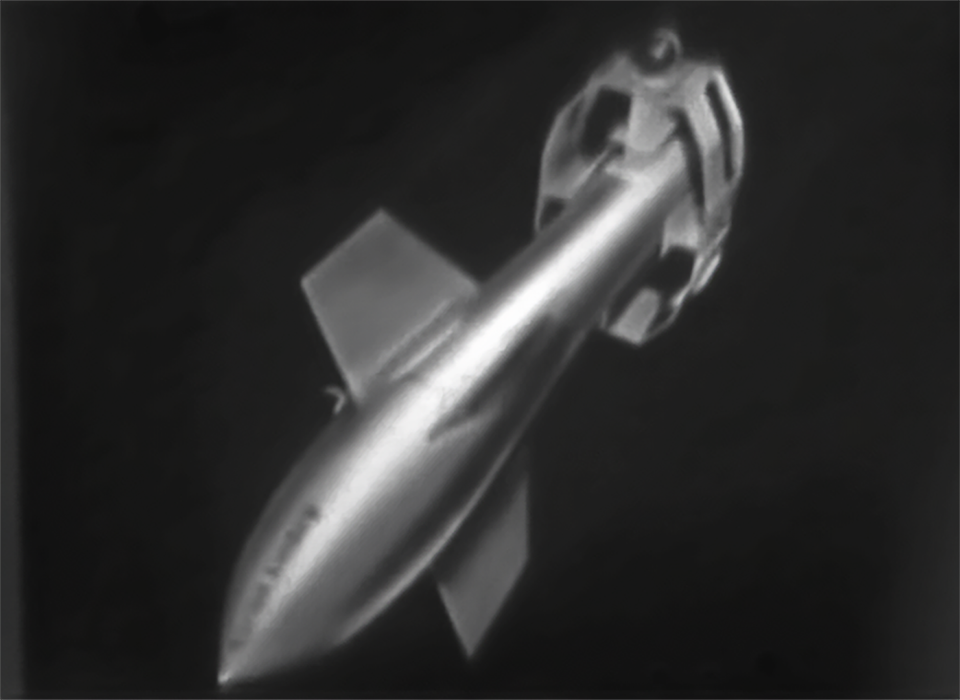
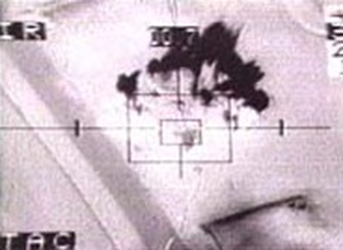
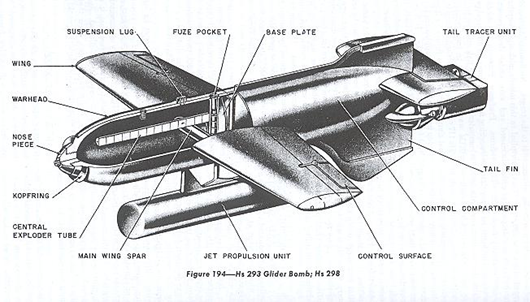
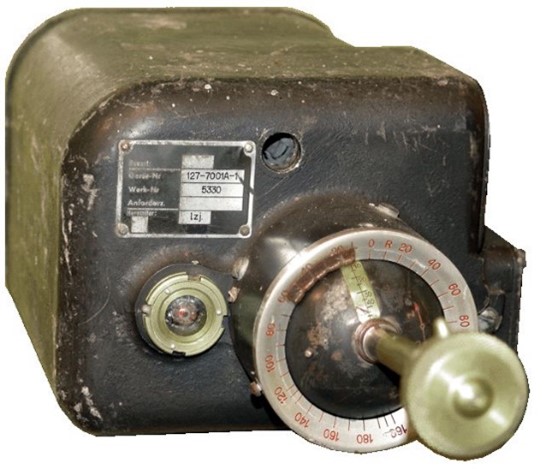
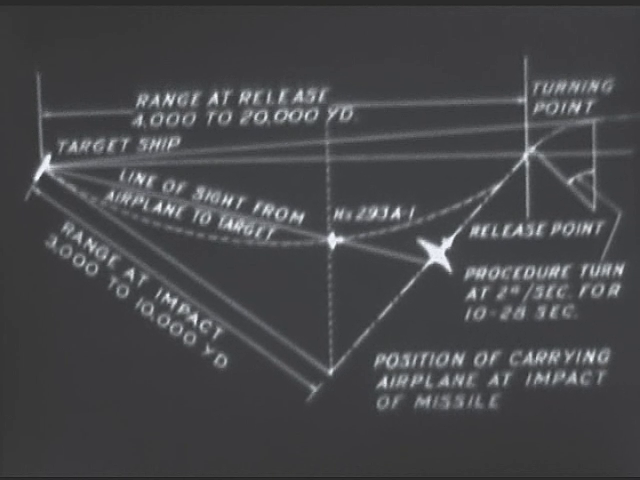
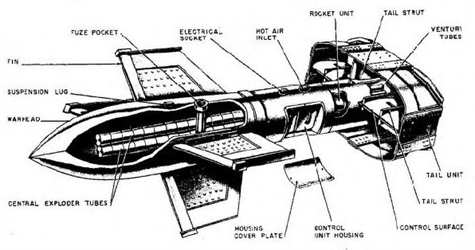
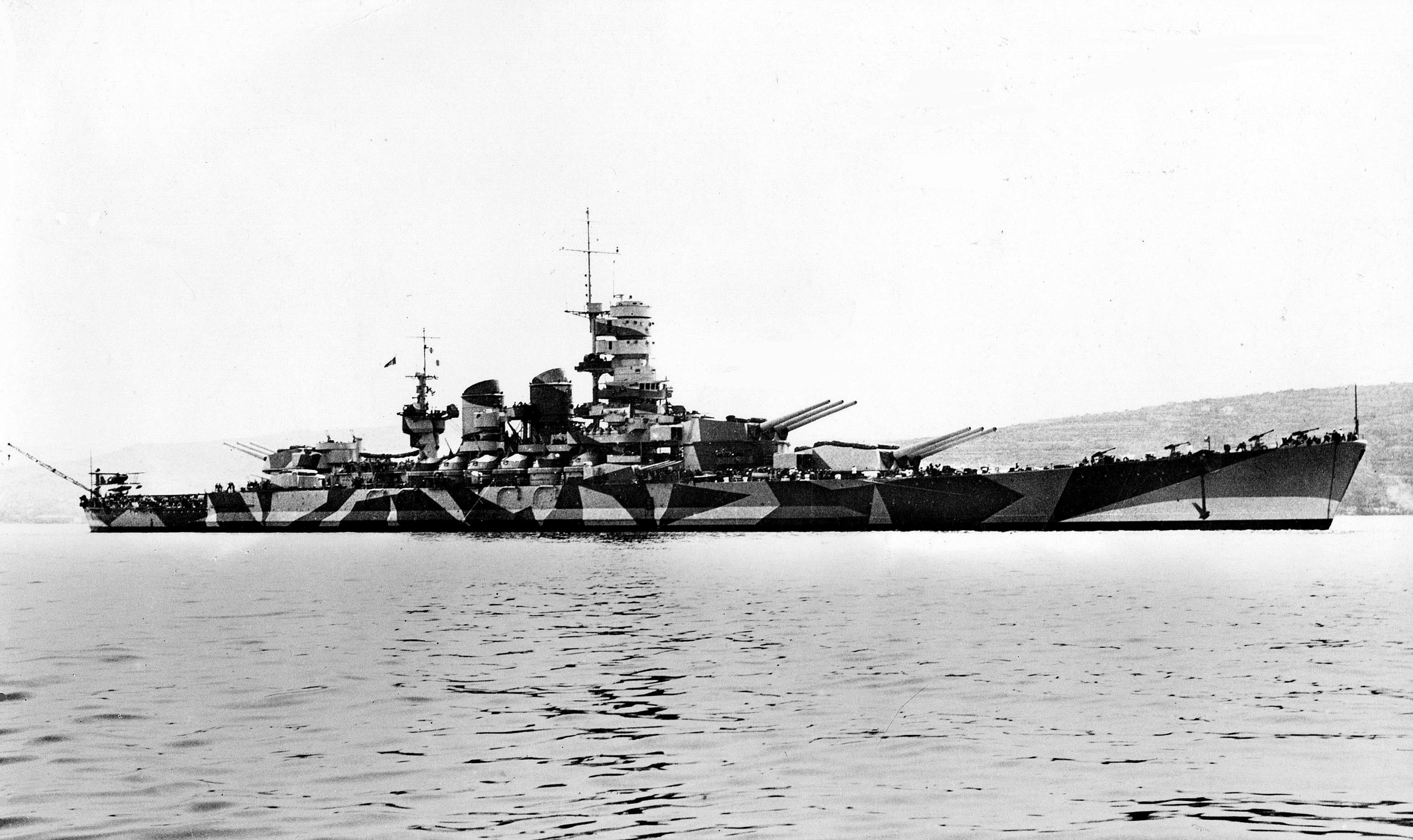
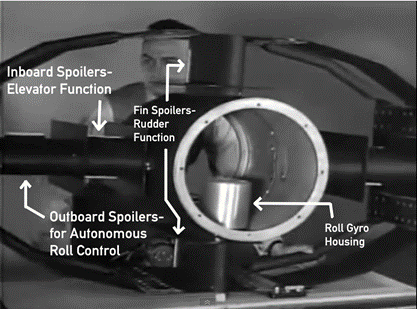




![Max Fuchs, New York City cantor, sings as Rabbi Sydney [sic] Lefkowitz, Richmond, VA, conducts the first Jewish services from Germany.](/sites/default/files/styles/max_650x650/public/2025-10/image1.jpg)



